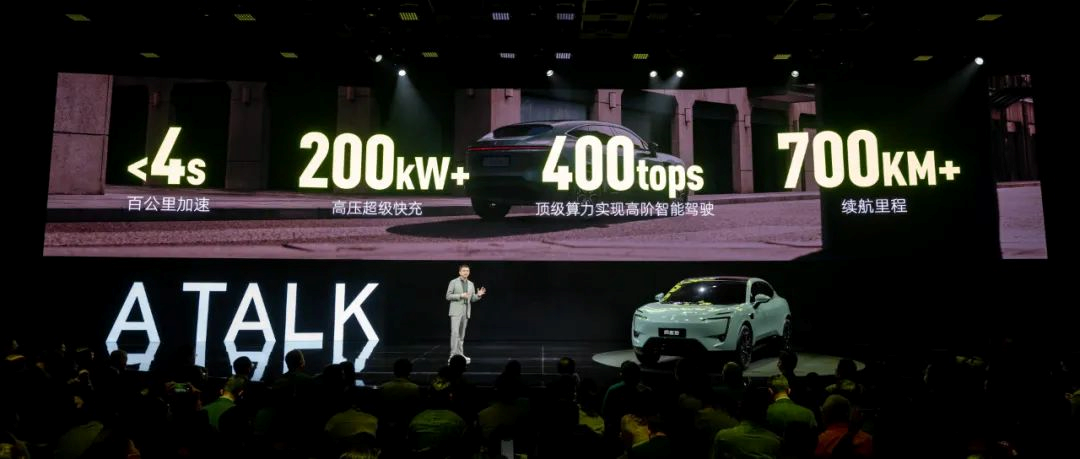Author | Tian Hui
Editor | Qiu Kaijun
Just by looking at the specs, you know that the Avita 11 is a formidable player.
On March 13th, the Ministry of Industry and Information Technology announced the newly-produced cars of the 354th batch of “List of Road Motor Vehicle Manufacturing Enterprises and Products”. Among them is the debut of the Avita 11. Avita is a joint venture brand built by CHN, with 11 being the official name of Avita’s first model.
Who is CHN?
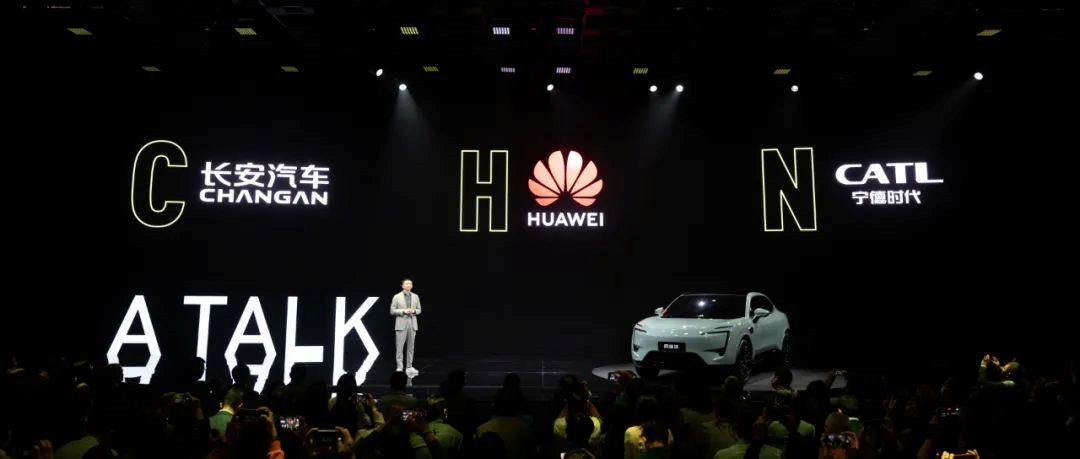
C = Changan Automobile, H = Huawei, N = CATL.
On November 15, 2021, Avita held a press conference in Shanghai. Changan Automobile Chairman Zhu Huarong, Huawei Executive Director and CEO of Consumer BG and Intelligent Automotive Solution BU, Yu Chengdong, and CATL Chairman Zeng Yuqun all appeared in video form at the event.
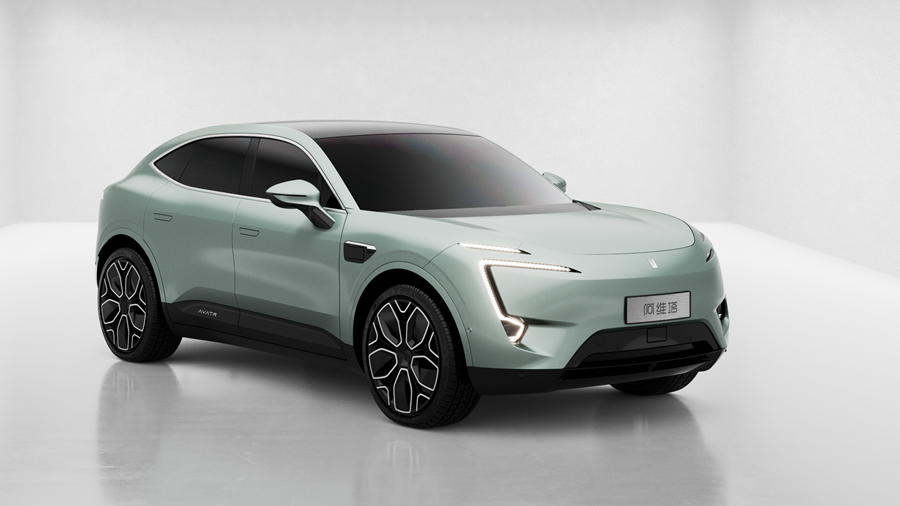
Top car manufacturers, top intelligent and automatic driving suppliers, and top battery suppliers – Avita is a player with the industry’s top resources, naturally making an extraordinary impact.
Avita 11, the first intelligent electric vehicle, can accelerate from 0 to 100 km/h in less than 4 seconds, adopts a 750V high-voltage platform, supports fast charging of more than 200 kW, and has a maximum range of up to 700 kilometers. The high-end advanced driving chip has a computing power of over 400 TOPS with a total of 34 perception hardware devices throughout the car.
After landing on the Ministry of Industry and Information Technology’s automotive notice board, the specific parameters of the Avita 11 were exposed, surpassing Tesla’s Model Y high-performance version. With stronger advanced driving hardware, can the Avita 11 become a dark horse and stand out?
3 Lidars, 400 TOPS Computing Power
The Avita 11 is equipped with three Lidars.
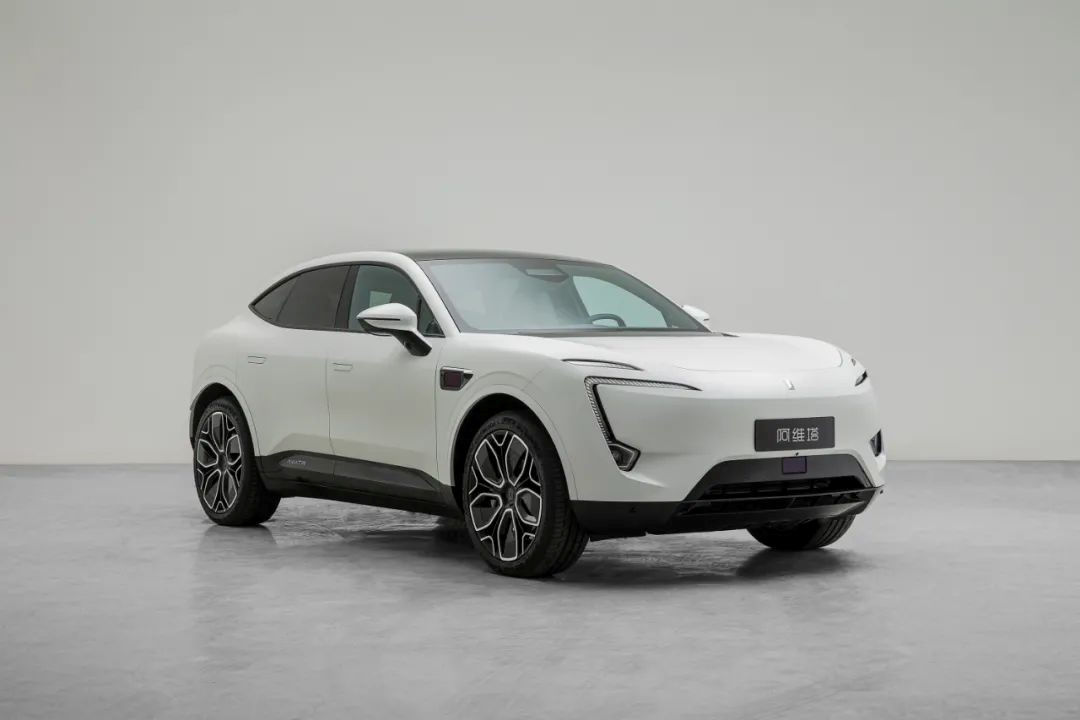
From the declaration diagram of the Ministry of Industry and Information Technology, the Avita 11 has a total of three Lidars installed under the license plate bracket of the front of the car and the front fenders on the two sides of the car, making it the car model with the most Lidars in the Ministry of Industry and Information Technology’s automotive notice system. More Lidars can help the vehicle perform better in high-level assistance driving.From information released by WEY, the WEY VV11 has a very powerful high-level auxiliary driving perception hardware, equipped with up to 34 sensors, including 6 mm-wave radars, 12 ultrasonic radars, 13 cameras, and 3 LiDARs. The high-level auxiliary driving computing platform will be provided by Huawei, with a total computing power of up to 400 TOPS.
At the software level, the WEY VV11 can achieve navigation and auxiliary driving functions for complex road conditions in both high-speed and urban areas.
In terms of vehicle size, according to the parameters published by the MIIT, the WEY VV11 has a length of 4880 mm, a width of 1970 mm, and a wheelbase of 2975 mm, which belongs to the mid-size SUV model with a seating layout of 4 or 5 seats. It is expected to have outstanding advantages in terms of interior space.
The exterior of WEY VV11 is designed by the design center located in Munich, Germany, with a concept of “future sense”, and the overall shape is full of the sense of future technology.
In the front of the car body, the “curve headlamp” has a slender line, completely different from the currently available car products, and outlines the agility and sharpness in the friendly front face composition. The clean and elegant lines on the side of the car body enhance the smooth and agile contour of the entire vehicle.
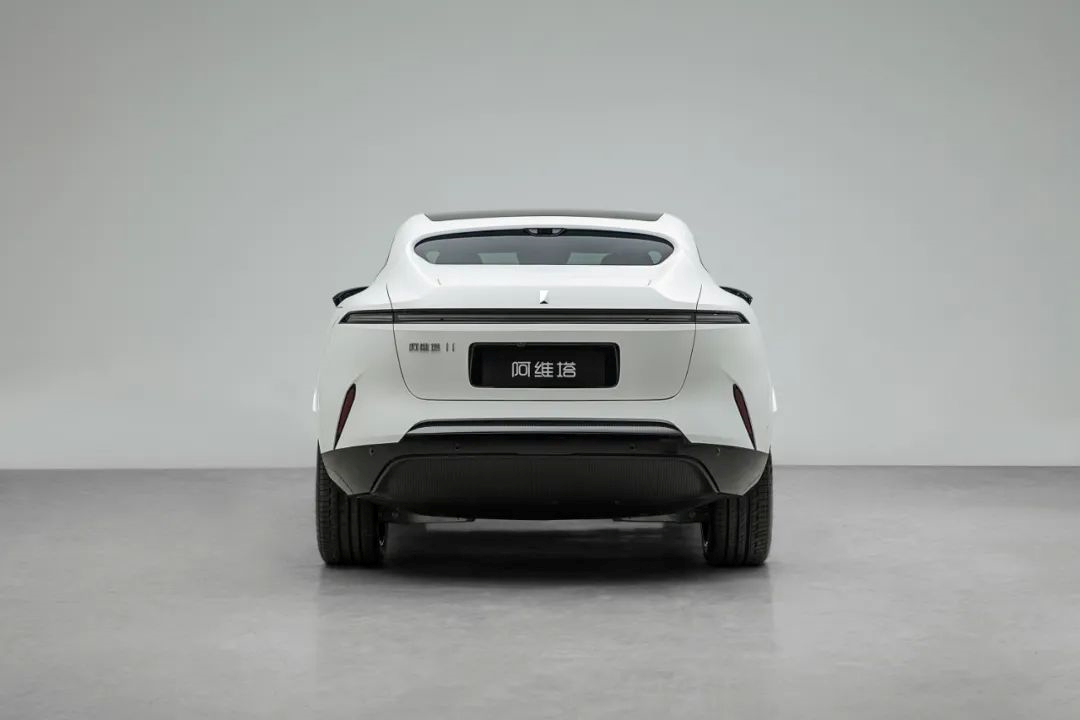
At the rear of the car body, the shape of WEY VV11 is more unique. The two window lines converge into a sharp V-angle at the rear of the car body, which strongly points to the marginal of the coupe C-pillar, forming a unique response with the rounded rear wheel arches.
From the declaration picture, WEY VV11 will adopt a slender style of through-type taillights, which presents a distinct visual sense of hierarchy between the inverted trapezoidal rear window and the stable lower part of the vehicle body.
It can be said that in terms of appearance, the actual effect of WEY VV11 is the same as the design concept, full of the sense of future technology, and very unique.
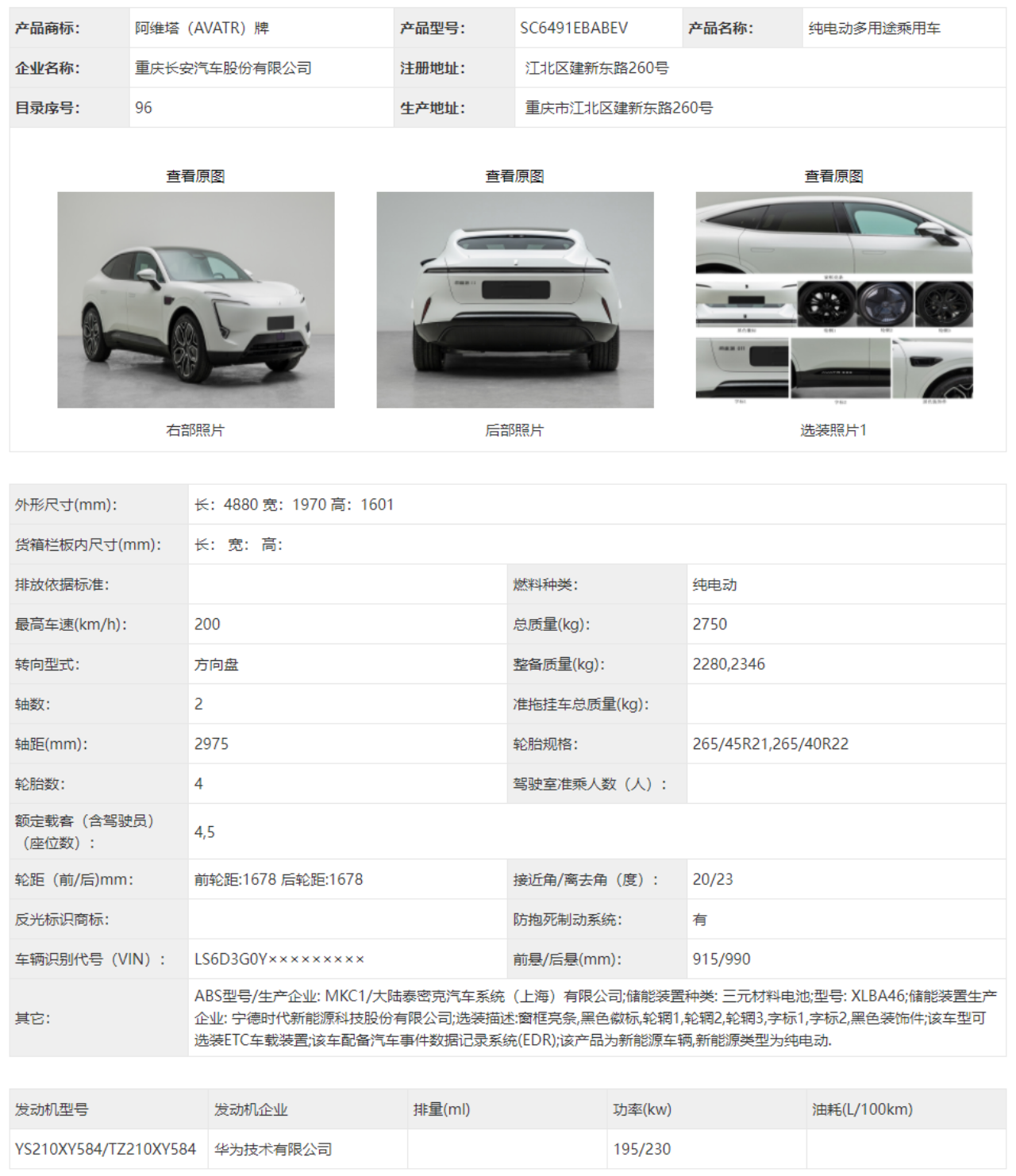
From the parameters of the declaration, the WEY VV11 adopts a four-wheel drive layout and the drive motor is provided by HUAWEI in CHN. The front axle motor is a YS210XY584 AC asynchronous motor with a power of 195 kW. The rear axle motor is a TZ210XY584 permanent magnet synchronous motor with a power of 230 kW. The total power of the front and rear dual motors reaches 425 kW.
This makes the WEY VV11’s 0-100 km/h acceleration time enter the level of 3.x seconds, which is the same as European super sports cars.In terms of power batteries, the Aventa 11 uses a three-element lithium battery supplied by CATL from Ningde Era, with a power battery capacity of 90.38 kWh and an expected range of more than 600 kilometers.
Considering the information released by the manufacturer, Aventa 11 will support over 200kW ultra-fast charging, and the voltage platform of the vehicle’s three-electric systems will reach the 750V class, belonging to the high-voltage platform. Achieving 200 kW ultra-fast charging is also leading in the industry.
In terms of optional parts, Aventa 11 will provide three types of rims for consumers to choose from, and two types of tires, 265/45R21 and 265/40R22, are available for wheel selection.
Seize the market of Model Y performance version
After Aventa 11 is launched, it will compete with many models, including Tesla Model Y and the upcoming ES7 and G9 from NIO and XPeng respectively. However, from the aspect of comprehensive appearance dimensions and parameter configurations, Aventa 11’s most direct competitor is Model Y performance version.
In terms of appearance, although Aventa 11’s body is slightly larger than Model Y performance version, its wheelbase performs more prominently, which is expected to exceed Model Y performance version in terms of passenger space.
Especially in terms of rear space, the small rear bench problem that Model Y is widely criticized for is expected to be resolved in Aventa 11. Because Aventa 11 will adopt the latest Cell TO Pack (CTP) technology of Ningde Era, the grouping efficiency of power battery packs will be greatly improved, reducing the space occupied by power batteries in the vehicle.
In terms of the three-electric system, Aventa 11 is more similar to Tesla Model Y performance version, and the competition is more intense.
The Aventa 11, which is based on Ningde Era’s CTP technology, will be equipped with a larger capacity of three-element lithium power batteries, while Tesla Model Y will use LG’s cylindrical 21700 three-element lithium batteries. Therefore, Aventa 11 has an advantage in terms of the grouping efficiency of power batteries. In addition, as the entire vehicle’s voltage platform is higher, the energy utilization efficiency of Aventa 11 is expected to be better than that of Tesla.In terms of power, both the Avita 11 and the Model Y Performance use a front AC asynchronous motor and a rear permanent magnet synchronous motor four-wheel drive layout.

The Avita 11 is far ahead in motor power and is expected to have a shorter 0-100 km/h acceleration time than the current Tesla Model Y Performance of 3.7 seconds. In terms of range, the Avita 11 and the Model Y Performance are roughly the same, but the Model Y Performance has a range under the CLTC cycle and 566 kilometers under the NEDC cycle.
In terms of advanced driver assistance systems (ADAS) hardware, the Avita 11 has overwhelmingly surpassed the Tesla Model Y Performance.

The Avita 11 is equipped with 34 ADAS perception hardware, while the Tesla Model Y Performance only has 21, and crucially lacks millimeter-wave radar and LIDAR configurations. In terms of computing platforms, the Avita 11 uses Huawei’s MDC computing platform with a computing power of 400 TOPS which meets the computing needs for navigating ADAS in urban conditions.
In terms of ADAS software, the Avita 11 will be supported by a hardware and software platform from Huawei. The model using the same hardware and software platform in Huawei’s ADAS test car can drive autonomously on inner-city streets. So far, Tesla has not opened this function in China.
In terms of appearance, the Avita 11 adopts a more futuristic design language, while Tesla Model Y has a more modern design style. As for the interior, the Avita 11 has not yet announced its interior design.
Starting at RMB 400,000
The Avita 11 has explosive specifications and a “pile-up” of hardware and it is estimated to have high costs.
With more ADAS perception hardware and power battery storage, can the Avita 11 control the costs and compete with the Tesla Model Y Performance in price, which will test Avita’s operational capabilities.
It’s clear that the Avita 11 is the first model released by CHN and Chang’an, Huawei, and CATL will surely devote more resources to this car.
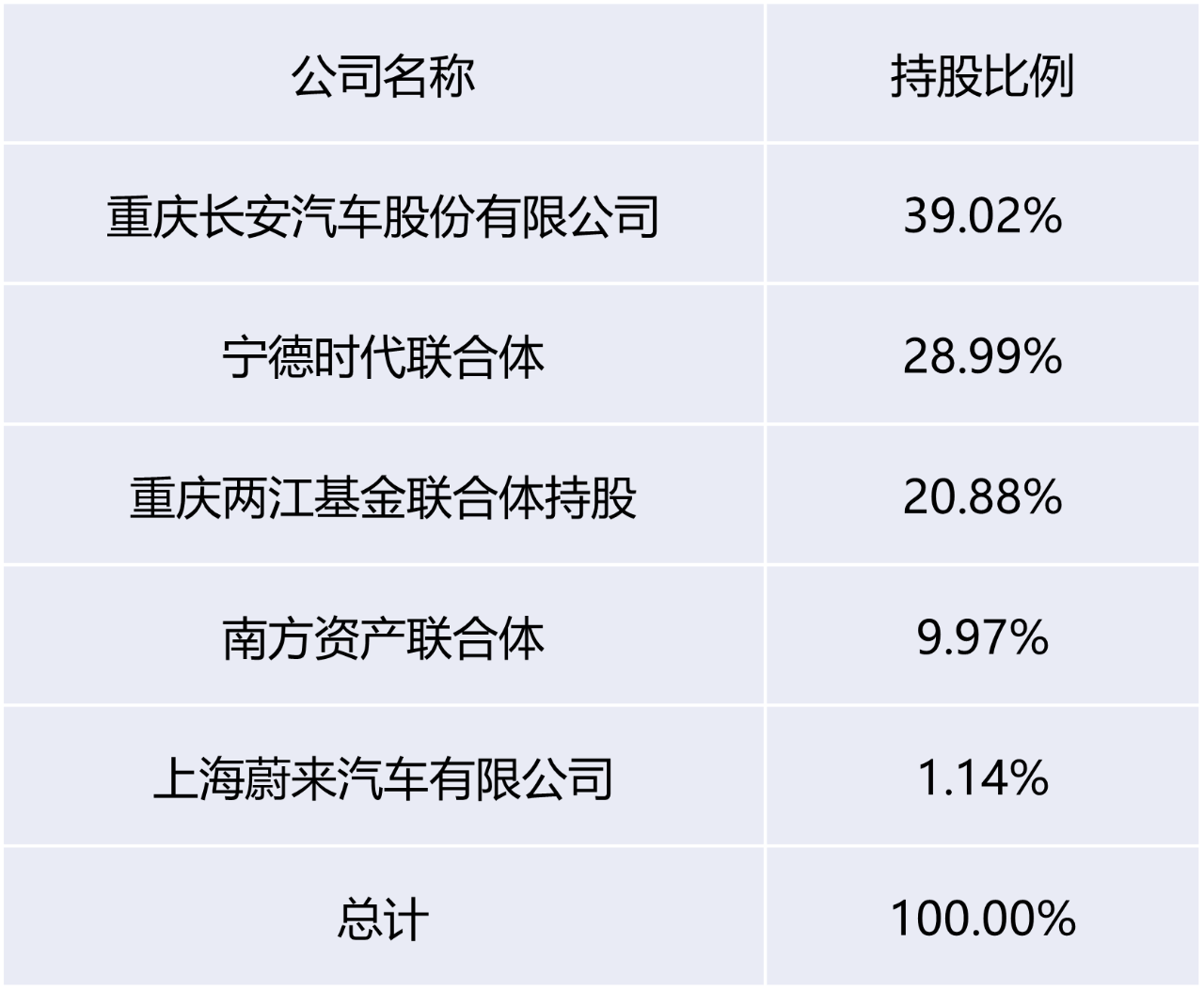 Currently, in the equity structure of CH-Auto Technology (Chongqing) Co., Ltd., the operating entity of NIO, Changan Automobile and CATL hold the largest shares, accounting for 39.02% and 28.99%, respectively. It is believed that both companies’ expectations for AVTA are long-term rather than short-term investment returns.
Currently, in the equity structure of CH-Auto Technology (Chongqing) Co., Ltd., the operating entity of NIO, Changan Automobile and CATL hold the largest shares, accounting for 39.02% and 28.99%, respectively. It is believed that both companies’ expectations for AVTA are long-term rather than short-term investment returns.
Therefore, in terms of cost control for AVTA 11, Changan Automobile is expected to empower AVTA through Changan Group’s procurement advantages, while CATL will provide support in terms of power battery costs. It is believed that AVTA will perform well in cost control.
In terms of vehicle pricing, the current high-performance version of Tesla Model Y is priced at 397,900 yuan, or within the 400,000 yuan price range. It is estimated that AVTA will also start selling within the 400,000 yuan price range, directly competing with Tesla’s high-performance Model Y.
CHN Layout in the Second Half
Competition in China’s new energy vehicle market has quietly transitioned to the second half.
In the first half, the theme was electrification of vehicles. In the second half, the theme is smart electric vehicles.
CHN, targeted by Changan-Huawei-CATL, is aiming for the second half of the competition. The three companies are leaders in the fields of automobile manufacturing, intelligent and autonomous driving, and power batteries, respectively. They all have the qualifications to enter the second half of the competition, but no single company has a winning chance, so collaboration is the best way to go.
Continue to focus on manufacturing, continue to strengthen competitiveness in intelligent and autonomous driving, and provide cutting-edge battery technology for power batteries. The division of labor is clear, and development directions are also clear. Most importantly, all three companies are not short of money.
After the capital increase and adjustment of the share ratio, AVTA will participate in the competition in the automobile market as a new force. In 2016, Li Bin, chairman of NIO, said that without 20 billion, one should not build a car, and in 2021, he updated the number to 40 billion, and he believes that 40 billion may be insufficient.
Working hand in hand, CN will create AVTA, proving that AVTA is not short of resources or money, but lacks awareness and market, and urgently needs AVTA 11 to open the market.
New force automakers represented by Tesla, NIO, and XPeng have already established a foothold in the high-end intelligent electric vehicle market and have taken the initiative in the first half of the game. Although Mercedes-Benz, BMW, and Audi have not achieved any results in the first half, they will undoubtedly make every effort in the second half.
AVTA has no advantage in the first half, nor does it have the brand resource accumulation of Mercedes-Benz, BMW, and Audi. AVTA must rely on its own abilities to score in the second half.
What AVTA faces is also a tough battle.
This article is a translation by ChatGPT of a Chinese report from 42HOW. If you have any questions about it, please email bd@42how.com.
